The financial markets reflect the boom in renewables in Spain: in 2025 more than 56% of electricity generation comes from these sources, with Solaria rising by 10% and drivers such as Acciona Energía and Iberdrola diversifying and modernising.


The financial markets reflect the boom in renewables in Spain: in 2025 more than 56% of electricity generation comes from these sources, with Solaria rising by 10% and drivers such as Acciona Energía and Iberdrola diversifying and modernising.
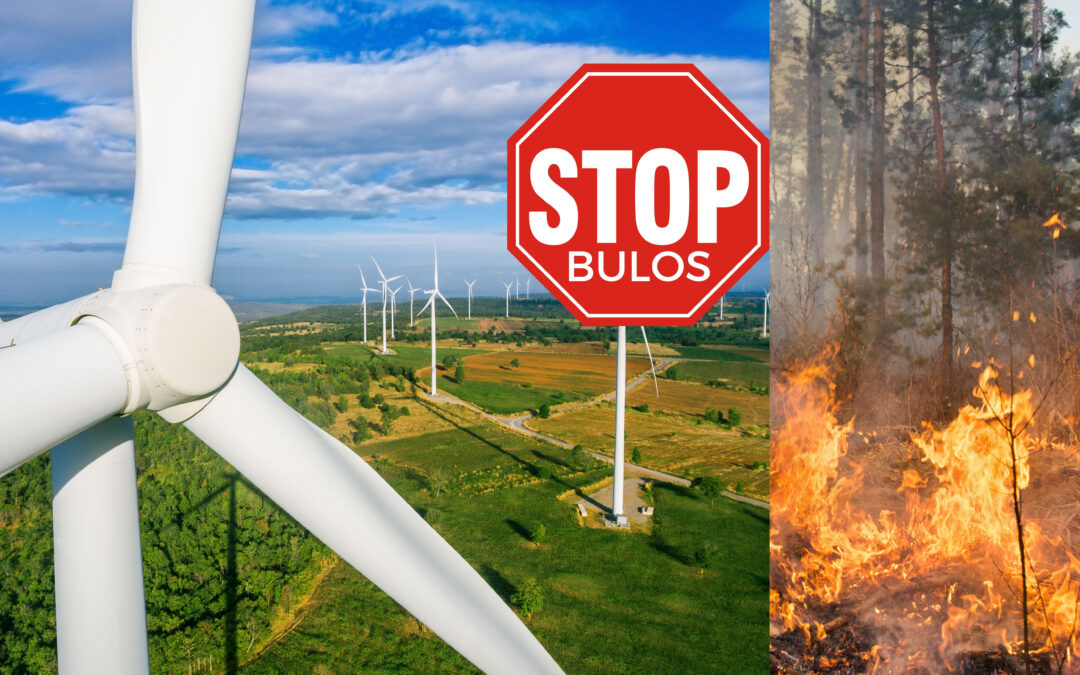
AEE has released a document showing how wind energy supports forest management, territorial monitoring and rural community protection, challenging misinformation that falsely links wildfires to new renewable installations.
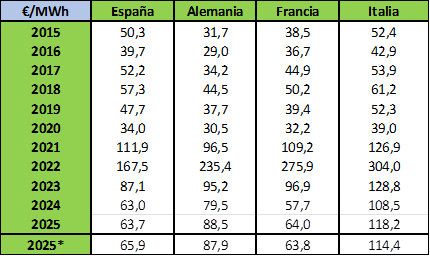
AEGE’s Energy Barometer reveals that electro-intensive consumers in Spain face significantly higher costs than their European competitors, due to exclusive system adjustment charges and lower indirect CO₂ compensations.
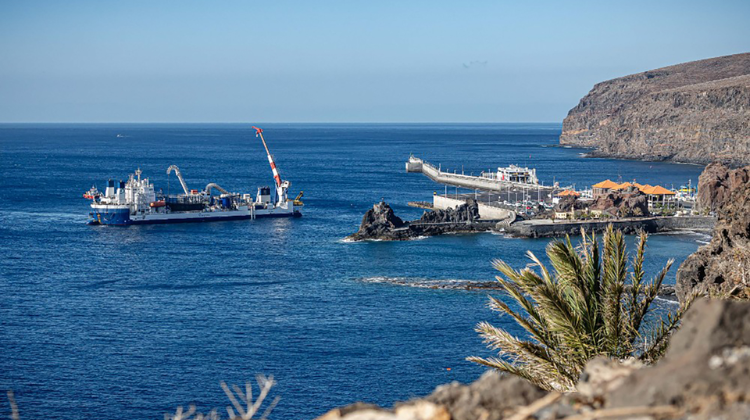
Prysmian’s cable ship Cable Enterprise begins laying submarine cables off the coast of San Sebastián de La Gomera. The La Gomera-Tenerife interconnection, planned in the current electrical planning, includes a 36 km double-circuit 66 kV underground-submarine line and the two new 66 kV substations of El Palmar, in La Gomera, and Chío, in Tenerife.
Residential installations declined, while utility-scale installations held steady. Solar Italy: stable deductions, simplified connections, and clear rules for system development are needed.
The IDAE allocated €77 million to 62 pilot projects, while the Ministry of Agriculture is studying how to integrate agrivoltaics into the CAP. “What matters is the total land productivity,” says Martín Behar, UNEF, who warns of the risks of overregulation.
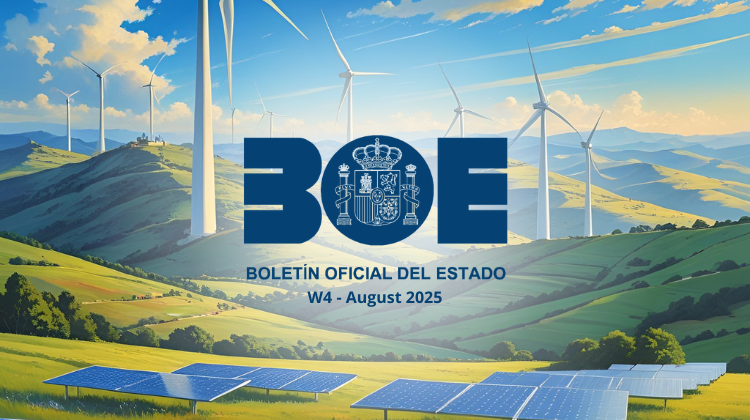
In the last week of August, projects by Statkraft, Naturgy, Enel, Elawan and Villar Mir were approved, while two wind farms promoted by Forestalia in Zaragoza were rejected.

This is an aerial system that combines optical sensors, lidar and artificial intelligence to survey birds and marine mammals, reducing costs, risks and carbon footprint.
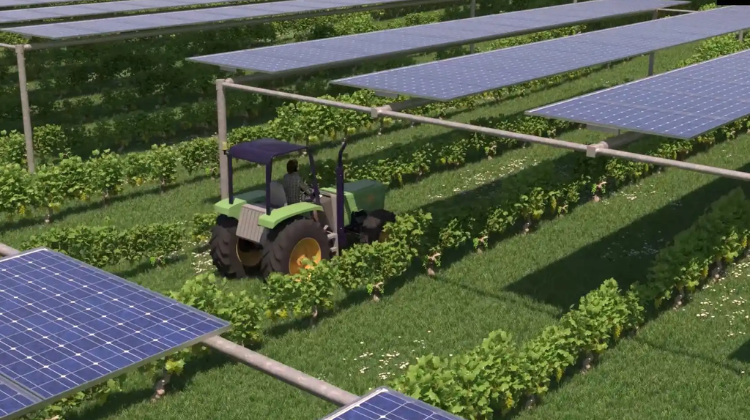
Spain is allocating €77 million to 62 agrivoltaic projects and developing innovative structures such as catenaries that bring prices closer to conventional ones. They stress the need to measure the total land productivity and to develop a flexible regulatory framework to enable a competitive industry.

So far in 2025, cleantech start-ups have raised €557 million, six times more than in 2024. However, the lack of capacity in the electricity grid and recent regulatory decisions are raising concerns about the future.
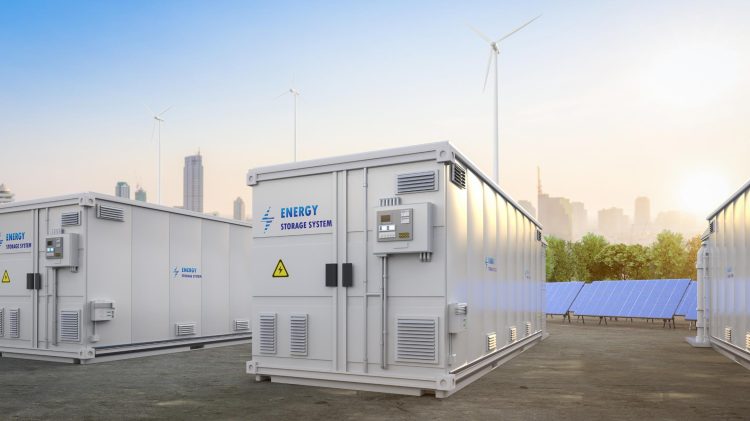
A total of 40 battery and pumped storage projects have advanced through authorisations over the past three years. With solar and wind hybridisations leading the way and several strategic stand-alone schemes, companies such as Enel Green Power, Iberdrola, OPDEnergy, Statkraft and Grenergy stand out as key players.

AEGE’s managing director, Pedro González, analyses the impact of the validation of the 80% discount on grid levies until July and stresses that only a wider deployment of renewable energy, decoupled from gas and CO2, will allow the recovery of competitiveness for industry.
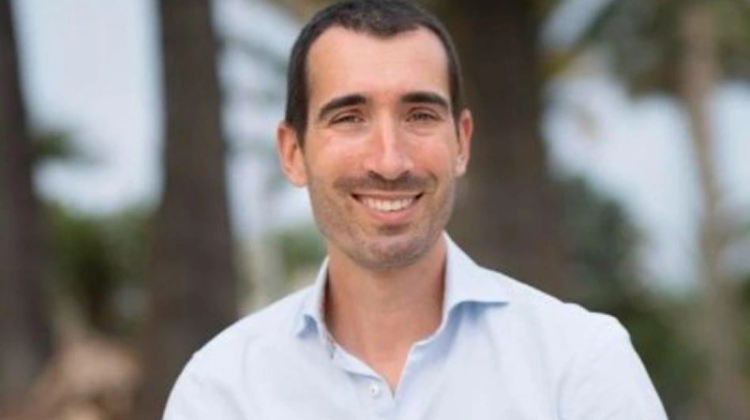
In July, Spain lost 1.1 TWh of renewable energy due to grid restrictions. While solar PV and wind capacity continues to grow, energy markets expert and Managing Director of Our New Energy, Miguel Marroquín, stresses that storage is emerging as the key pathway to integrate surplus generation.
According to data processed by ITALIA SOLARE based in Gaudì – Terna, 132,276 new photovoltaic systems were connected in the first seven months of 2025, with a total capacity of 3,354 MW. The cumulative total reached 2,011,056 million systems connected by July 30, 2025, with an installed capacity exceeding 40 GW (40,430 MW).

In July, renewables generated 13,871 GWh, accounting for 55.1% of Spain’s national electricity mix. Solar PV led with a 25% share, while electricity demand rose by 2.1% year-on-year and gas use in combined-cycle plants increased by 31.7%.
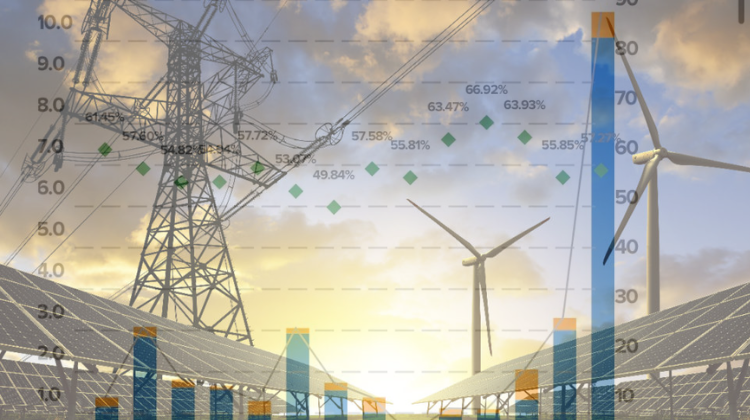
In July 2025, 11% of the renewable electricity generated in Spain could not be injected into the grid, compared with just 0.8% a year earlier. 93% of the restrictions came from the transmission network.

A new report warns that only five grid operators in Europe are modeling a 100% renewable system by 2035, while €7.2 billion in renewable generation was lost by 2024 due to a lack of grid capacity.

The Ministry of Environment and Energy Security has authorized the construction of storage systems totaling more than 600 MW in the regions of Campania, Basilicata, Lazio, and Campania, with developments led by private companies and execution times ranging from 5 to 30 months.

In August, seven projects totalling 646.665 MW were approved and four totalling 253.26 MW were rejected. The leaders were Iberdrola (180 MW), Zelestra (156 MW), and European Energy (26.16 MW), while Sungrow received approval for 55 MW of storage.
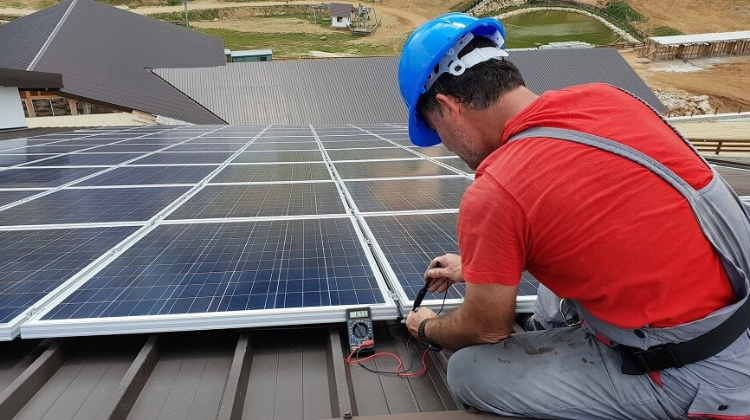
Spain installed 32.3 GW of photovoltaic capacity and 8.1 GW of self-consumption systems by 2024. For Christian Correa, common errors in module mounting, electrical protections and earthing connections can be turned into business opportunities in maintenance and auditing.

“We need auctions soon to provide investors with that security,” warns José Donoso of UNEF. Following the failed results of 2022, the photovoltaic market now faces a new scenario: less competitive PPAs and spot prices losing their appeal.

The financial markets reflect the boom in renewables in Spain: in 2025 more than 56% of electricity generation comes from these sources, with Solaria rising by 10% and drivers such as Acciona Energía and Iberdrola diversifying and modernising.

AEE has released a document showing how wind energy supports forest management, territorial monitoring and rural community protection, challenging misinformation that falsely links wildfires to new renewable installations.

AEGE’s Energy Barometer reveals that electro-intensive consumers in Spain face significantly higher costs than their European competitors, due to exclusive system adjustment charges and lower indirect CO₂ compensations.

Prysmian’s cable ship Cable Enterprise begins laying submarine cables off the coast of San Sebastián de La Gomera. The La Gomera-Tenerife interconnection, planned in the current electrical planning, includes a 36 km double-circuit 66 kV underground-submarine line and the two new 66 kV substations of El Palmar, in La Gomera, and Chío, in Tenerife.
Residential installations declined, while utility-scale installations held steady. Solar Italy: stable deductions, simplified connections, and clear rules for system development are needed.
The IDAE allocated €77 million to 62 pilot projects, while the Ministry of Agriculture is studying how to integrate agrivoltaics into the CAP. “What matters is the total land productivity,” says Martín Behar, UNEF, who warns of the risks of overregulation.

In the last week of August, projects by Statkraft, Naturgy, Enel, Elawan and Villar Mir were approved, while two wind farms promoted by Forestalia in Zaragoza were rejected.

This is an aerial system that combines optical sensors, lidar and artificial intelligence to survey birds and marine mammals, reducing costs, risks and carbon footprint.

Spain is allocating €77 million to 62 agrivoltaic projects and developing innovative structures such as catenaries that bring prices closer to conventional ones. They stress the need to measure the total land productivity and to develop a flexible regulatory framework to enable a competitive industry.

So far in 2025, cleantech start-ups have raised €557 million, six times more than in 2024. However, the lack of capacity in the electricity grid and recent regulatory decisions are raising concerns about the future.

A total of 40 battery and pumped storage projects have advanced through authorisations over the past three years. With solar and wind hybridisations leading the way and several strategic stand-alone schemes, companies such as Enel Green Power, Iberdrola, OPDEnergy, Statkraft and Grenergy stand out as key players.

AEGE’s managing director, Pedro González, analyses the impact of the validation of the 80% discount on grid levies until July and stresses that only a wider deployment of renewable energy, decoupled from gas and CO2, will allow the recovery of competitiveness for industry.

In July, Spain lost 1.1 TWh of renewable energy due to grid restrictions. While solar PV and wind capacity continues to grow, energy markets expert and Managing Director of Our New Energy, Miguel Marroquín, stresses that storage is emerging as the key pathway to integrate surplus generation.
According to data processed by ITALIA SOLARE based in Gaudì – Terna, 132,276 new photovoltaic systems were connected in the first seven months of 2025, with a total capacity of 3,354 MW. The cumulative total reached 2,011,056 million systems connected by July 30, 2025, with an installed capacity exceeding 40 GW (40,430 MW).

In July, renewables generated 13,871 GWh, accounting for 55.1% of Spain’s national electricity mix. Solar PV led with a 25% share, while electricity demand rose by 2.1% year-on-year and gas use in combined-cycle plants increased by 31.7%.

In July 2025, 11% of the renewable electricity generated in Spain could not be injected into the grid, compared with just 0.8% a year earlier. 93% of the restrictions came from the transmission network.

A new report warns that only five grid operators in Europe are modeling a 100% renewable system by 2035, while €7.2 billion in renewable generation was lost by 2024 due to a lack of grid capacity.

The Ministry of Environment and Energy Security has authorized the construction of storage systems totaling more than 600 MW in the regions of Campania, Basilicata, Lazio, and Campania, with developments led by private companies and execution times ranging from 5 to 30 months.

In August, seven projects totalling 646.665 MW were approved and four totalling 253.26 MW were rejected. The leaders were Iberdrola (180 MW), Zelestra (156 MW), and European Energy (26.16 MW), while Sungrow received approval for 55 MW of storage.

Spain installed 32.3 GW of photovoltaic capacity and 8.1 GW of self-consumption systems by 2024. For Christian Correa, common errors in module mounting, electrical protections and earthing connections can be turned into business opportunities in maintenance and auditing.

“We need auctions soon to provide investors with that security,” warns José Donoso of UNEF. Following the failed results of 2022, the photovoltaic market now faces a new scenario: less competitive PPAs and spot prices losing their appeal.
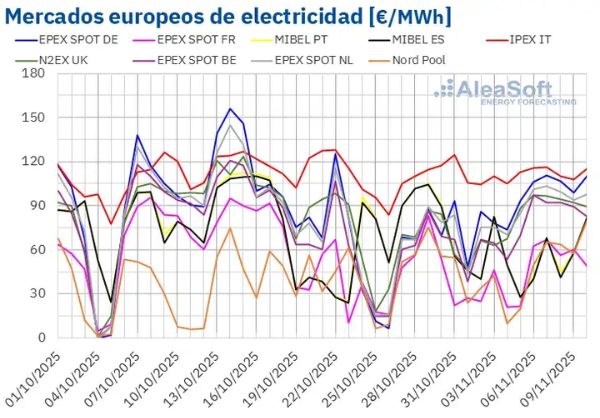
During the first week of November, photovoltaic output rose by up to 16% across major markets, reaching unprecedented peaks in all of them. The wind recovery in the Iberian Peninsula allowed the MIBEL market to register the only price declines despite higher CO₂ costs and growing electricity demand across Europe.

La compañía apuesta por una estructura bifila adaptable a distintos tipos de terreno, con menor número de piezas y reducción de tiempos de montaje. Además, se propone superar los 20 proyectos entregados en Perú hacia fines de 2025.

The company is focusing on a two-row structure adaptable to different types of terrain, with fewer parts and reduced assembly time. Furthermore, it aims to exceed 20 completed projects in Peru by the end of 2025.






